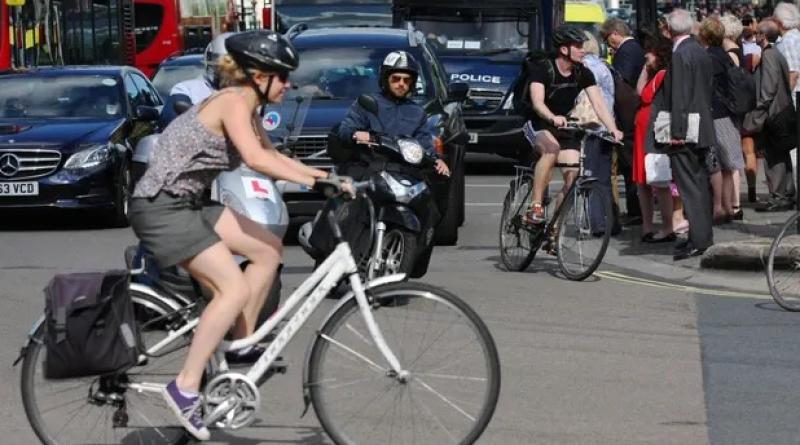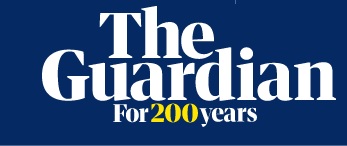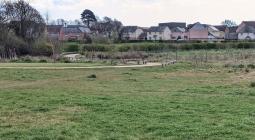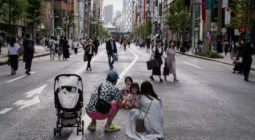When we block traffic from a street, like for a sports event or a street party, we say that the street is “closed”. But who is it closed for? For motorists. But really, that street is now open to people.
We say this because we’ve become accustomed to thinking about the street in “traffic logic”. For centuries, streets used to be a place with a multiplicity of purposes: talk, trade, play, work and moving around. It’s only in the past century that it has become a space for traffic to drive through as quickly and efficiently as possible. This idea is so pervasive that it has colonised our thinking.
I first learned about this from Roland Kager, a data analyst and multimodal transport researcher – meaning he’s interested in traffic, but not in cars. Car logic permeates the language we use, says Kager. “We speak of vulnerable road users, but they’ve only been vulnerable since the advent of fast traffic with big, heavy vehicles. Why don’t we call those fast, heavy vehicles dangerous road users?”
Why are roads you can’t live next to, cycle on, or walk along called main roads? Why do we speak of “segregated” or “separate” cycle paths, when it’s actually motorists who’ve been given a separate space of their own? The language of traffic instils a “windscreen view” of the world, as the Belgian mobility expert Kris Peeters wrote a good 20 years ago.
Kager thinks traffic language stops us really seeing what’s happening in our streets. “Why do we talk about traffic accidents? As if the one cyclist who runs down and kills a pedestrian – which hardly ever happens – were part of the same system that kills people day in, day out, which nearly always involves cars.”
On the news, you’ll hear that dense fog has disrupted “traffic”. That “traffic” is at a standstill. That there are “traffic” delays in the wake of a crash. That “traffic” is gradually returning to normal after such incidents. What traffic means in these instances is cars. But it sounds as if it means all of us.
According to Kager, the way we talk about traffic makes cars far more important in our perception than they really are in the Dutch context. “Only 15% of Dutch people are caught up in traffic jams each week, and only 5% of the population say it’s a problem that affects them personally. But because we all want a functional traffic system, 35% say they see this as a social problem anyway. So, one in every three people thinks traffic congestion is a problem that affects other people, even though those other people are a tiny minority.”
Kager says that many of the non-car phenomena he encounters and researches in his work have no names – there’s just no conceptual framework for certain things. No categories. That makes it harder to make them visible in reports and advisory papers for government – which means they get less attention and less funding.
For example, in the Netherlands, nearly half of train passengers go to the station by bike or continue their journey by bike. Kager calls them “train cyclists”, and despite their high numbers, they are not included as an official category in mobility surveys. One reason so many trips are made by bike in the Netherlands is that bikes are so useful to get to trains. And Dutch trains are used as intensively as they are because so many people cycle. Dutch Railways have been taken aback by the popularity of public transport bikes. These continue to break new rental records each year. Yet the Dutch travel planning website only recently adopted door-to-door itineraries that include bikes, and still with very basic functionality.
Fascinated by this discussion with Kager, Thalia wrote an article introducing the concept of train cyclists, and we saw how new words can change reality. The Flemish MP Dirk de Kort read the article, and reached out for more information. Thalia put him in touch with Kager, and they shared Dutch and Flemish statistics and experiences. After this, De Kort incorporated “train cyclists” into his political vocabulary. He even came up with another variant: “bus cyclists”. Half a year later, De Kort backed an expansion of a scheme in Flanders to support train and bus cyclists, to which a further €1m (£860,000) was allocated.
Kager made an invisible group of travellers visible and gave them a name. Now they constitute an official category, and policies taking them into account are being actively developed.
Kager continues to play around with new categories. What if you were to divide motorists into four groups: the quarter who drive most often, the quarter who drive least often, and the two groups in between? He’s studied this new categorisation in Eindhoven: “What you see is that the 25% who use cars most are responsible for two-thirds of motor traffic in the city. So now we can have a meaningful discussion: should the local authority be making things easier for them? Or doing more for the other 75% who use cars less often or very little, and taking more account of their wishes in decisions affecting the city?”
Picture a situation where one-quarter of the people living in a street produce two-thirds of all the rubbish in the recycling containers, so the containers are always overflowing. Should the local authority provide more containers? Employ more bin collectors? Or do something quite different? What kind of town do you want?
-
This is an edited extract from Movement: How to Take Back Our Streets and Transform Our Lives by Thalia Verkade and Marco te Brömmelstroet, translated by Fiona Graham





